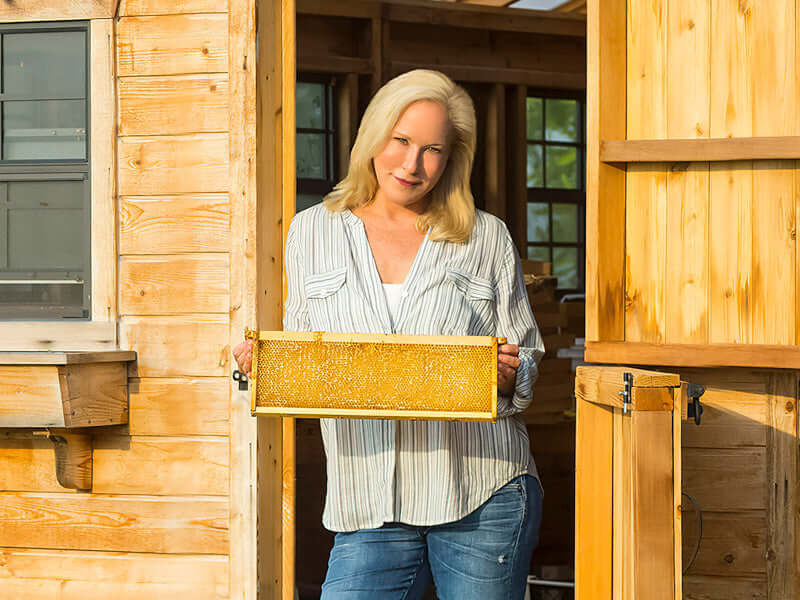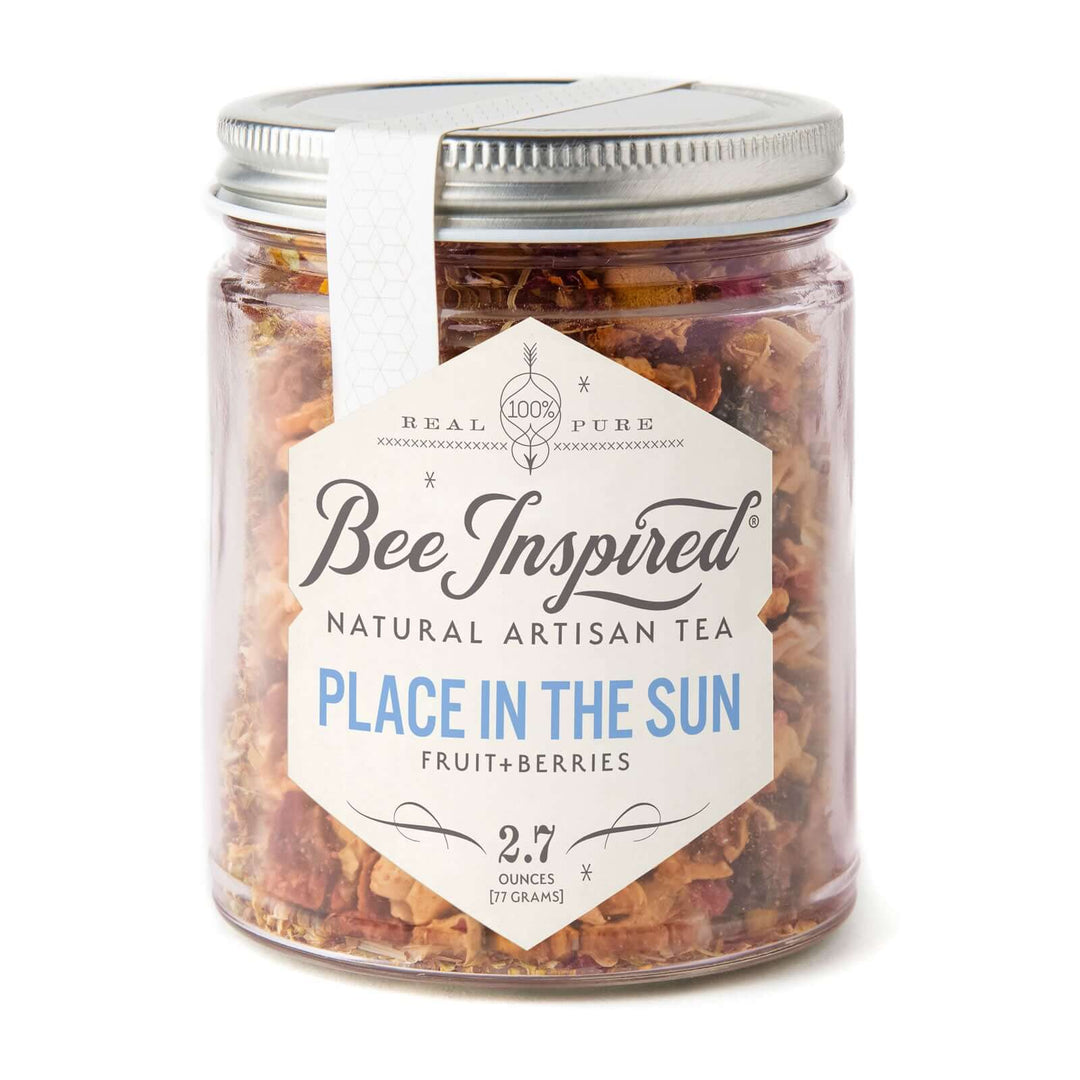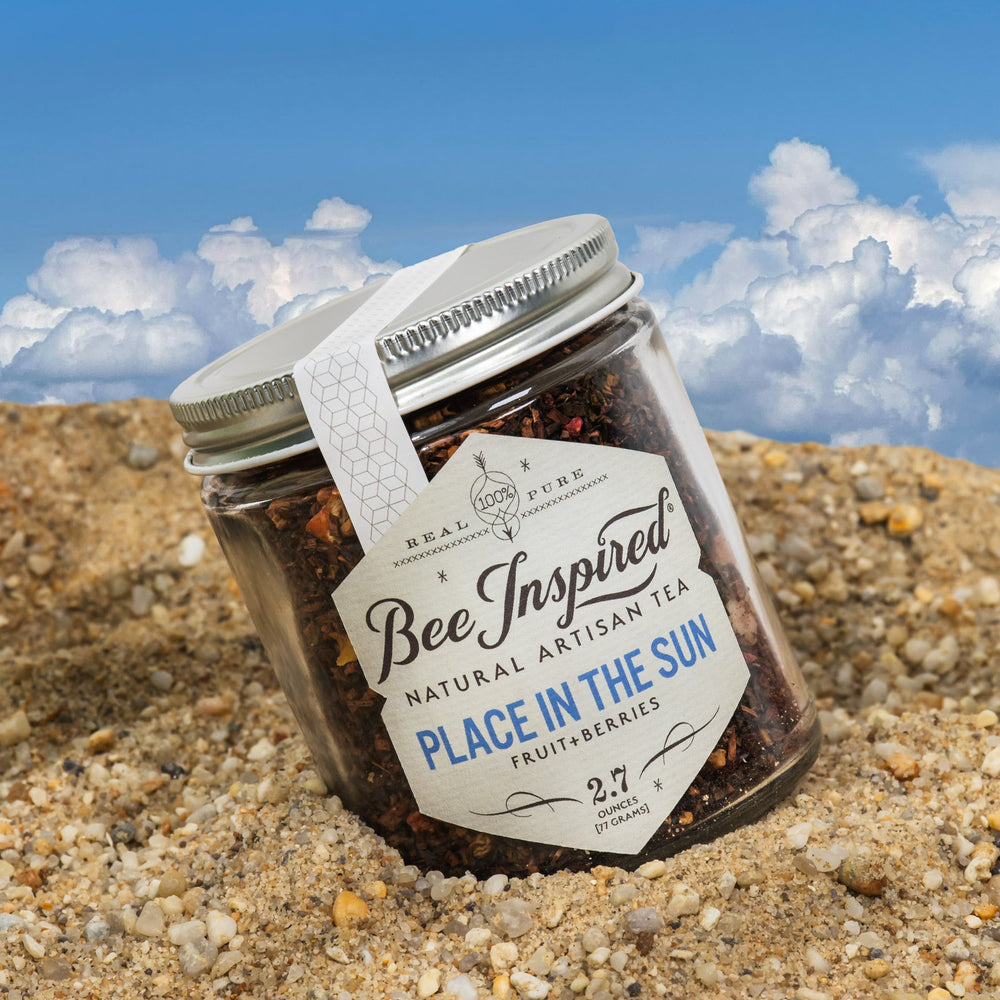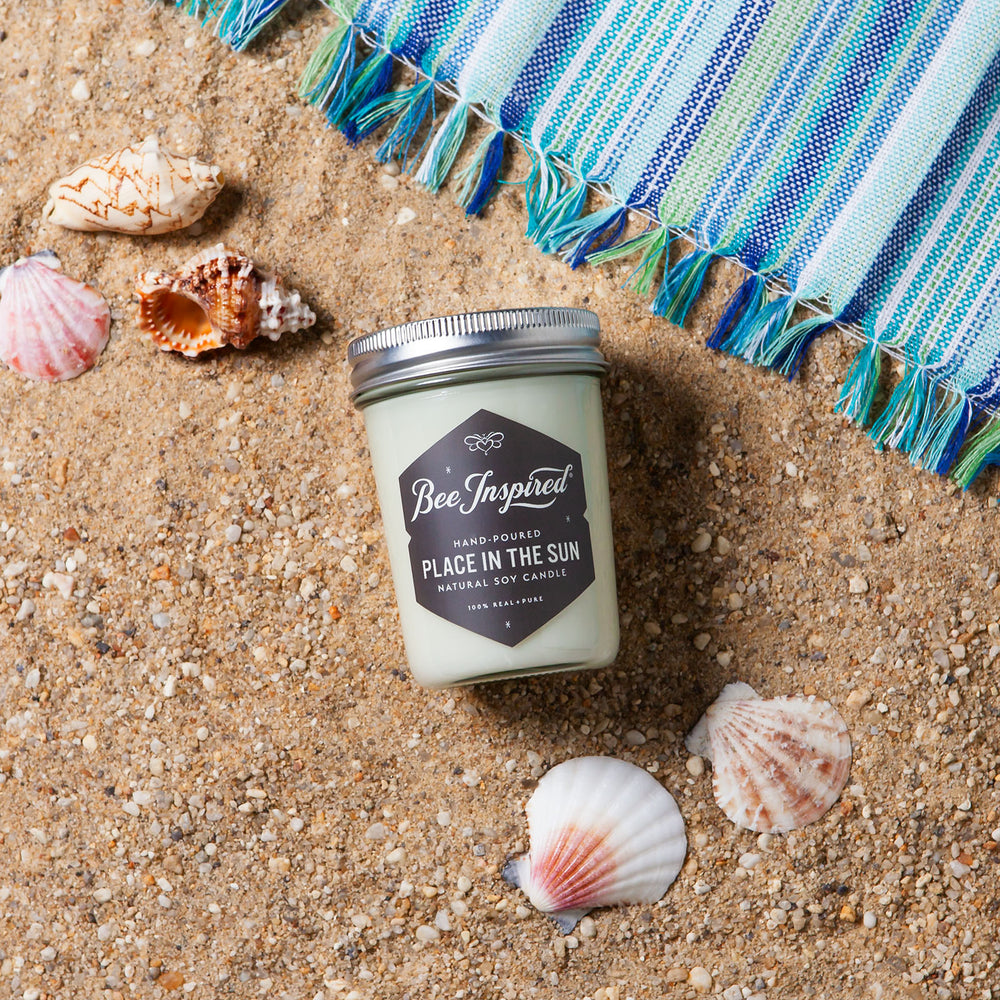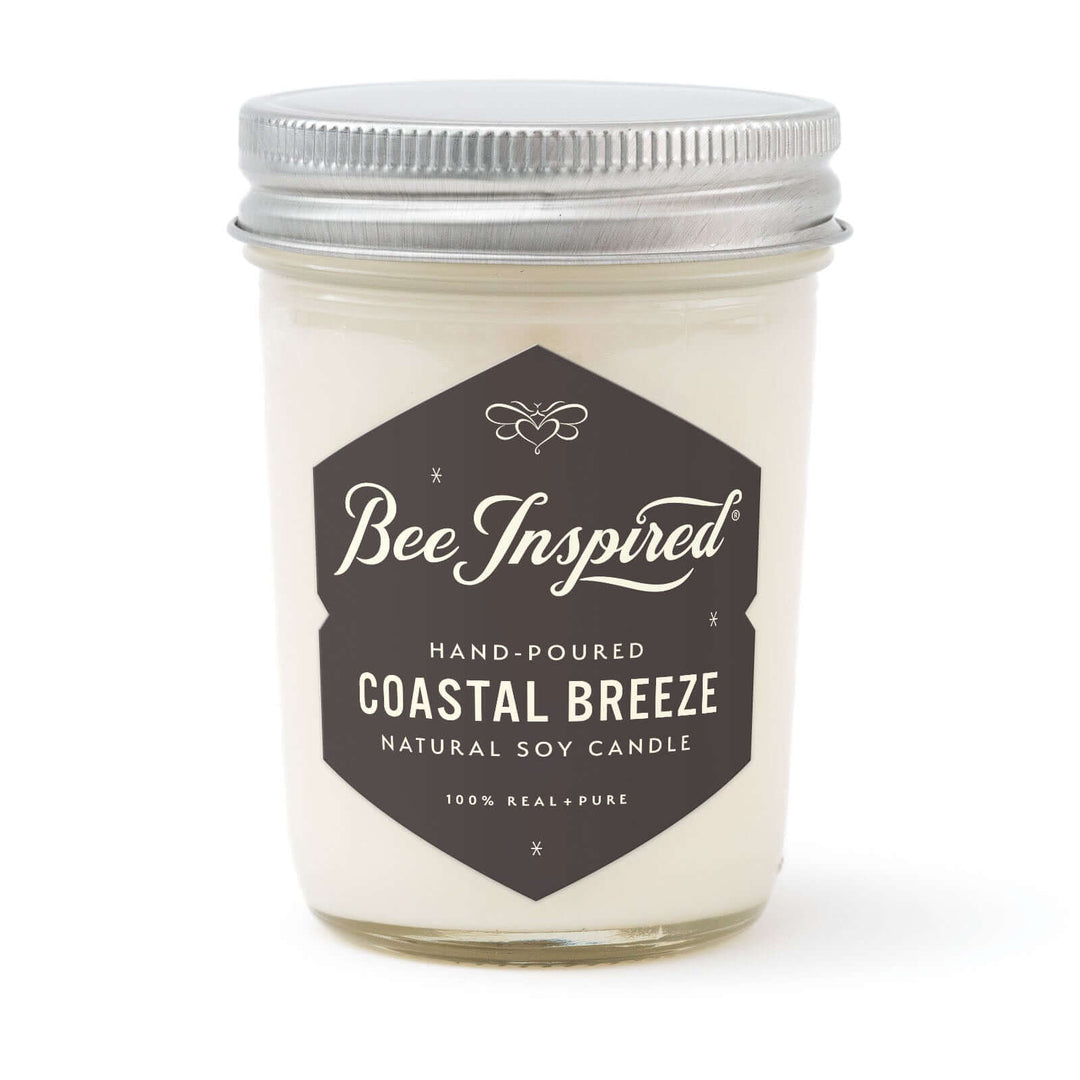Managing commercial-scale pollinator farming is completely different from maintaining a backyard pollinator garden. When equipment failures affect 25-acre plantings, when deer destroy entire commercial crops overnight, when weather patterns impact thousands of dollars in seed investments—you learn fast or fail expensively.
Learn about our farm
After 17 years of large-scale pollinator habitat management, we've accumulated hard-earned lessons about what works (and what doesn't) when farming for bees at commercial scale.
Real-World Management Challenges
Managing commercial-scale pollinator operations presents unique challenges that don't exist in small-scale gardening. Equipment failures, weather impacts, and wildlife damage can affect entire field-scale operations, requiring different management strategies than residential approaches.
When Commercial Equipment Fails
Year one equipment disaster: New seeding equipment wasn't properly calibrated, creating patchy, uneven establishment across multiple 25-acre blocks. Unlike small garden plantings where you can hand-seed problem areas, agricultural-scale failures require re-seeding entire fields.
Commercial-scale solutions we implemented:
- Test runs on small areas before seeding large blocks
- Detailed calibration logs for different seed types and field conditions
- Backup seeding methods when primary equipment fails during optimal planting windows
- Relationships with multiple equipment operators rather than relying on single contractors
Large-Scale Weed Management Without Chemicals
Commercial farming pressure: Neighboring farms use herbicides extensively, making weed pressure intense on untreated fields. Managing weeds across 40+ acres without chemicals requires different strategies than small garden approaches.
Our no-spray management system:
- Competitive planting: Dense seeding rates that outcompete weeds through plant competition
- Cover crop rotation: Oats suppress annual weeds better than wheat in our region
- Mechanical cultivation: Strategic tillage timing when weather permits
- Acceptance of some weed pressure: 10-15% weed presence doesn't significantly impact bee nutrition
Economic reality: Organic weed control costs 3-5 times more than conventional herbicide programs, but maintains pollinator safety.

Commercial-Scale Deer Management Strategies
Agricultural-Level Wildlife Damage
Scale of the problem: Unlike residential pollinator gardens where deer might browse a few plants, commercial-scale deer herds can destroy entire 25-acre sunflower plantings in days.
Lessons from $15,000 sunflower crop loss:
- Deer discovered our plantings in late July when natural food became scarce
- A herd of 20+ deer systematically worked through 25 acres over two weeks
- Traditional garden deterrents (sprays, noise makers) are useless at commercial scale
Current commercial management approach:
- 40+ acre minimum plantings: Deer can't consume everything if blocks are large enough
- Strategic field placement: Keep valuable crops 500+ yards from wooded deer habitat
- Diversified plantings: When deer destroy sunflowers, clover and wildflower mixes provide backup
- Economic planning: Budget deer damage as 25% crop loss in financial projections
Ongoing Crop Management Strategies
Cover Crop Integration
Learning from "Farmer Jack" (whose family has farmed our area for five generations) transformed our approach to soil management between main plantings.
Key management insight: Plant oats instead of winter wheat for cover crops. Oats are less allelopathic (don't suppress other plants as much) while still controlling annual weeds.
Current cover crop protocol:
- Plant oats in fall after main crop harvest
- Add lime before planting clover mix in late November
- Use cover crops to build soil organic matter and suppress weeds naturally
Wildflower Mix Management
Our current setup: Over 40 acres of wildflower and seed mixes specifically managed for bee nutrition.
Management composition:
- White, red, and yellow clover (primary components)
- Buckwheat for quick establishment
- Bee balm for extended bloom period
- Mustard removed after year two due to invasive tendencies
Critical management lesson: Research every component of seed mixes. What appears helpful (like mustard for diversity) can become problematic in subsequent years.

Adapting to Environmental Challenges
Weather Management Strategies
Climate unpredictability affects every season. We've managed through:
- Extended droughts: Stressed plants produce less nectar
- Late spring freezes: Kill early blooms just as bees need them most
- Excessive heat: Shortens flowering periods and reduces nectar quality
Our adaptive management approach:
- Diversified bloom times: Early, mid, and late-season flowers ensure something's always available
- Deep-rooted perennials: Better drought tolerance than annual crops
- Multiple locations: Spread plantings across different microclimates on the farm
Measuring Success: What We've Learned
Commercial Honey Production Results
Quantifiable commercial success: Our large-scale pollinator plantings consistently produce measurable honey yields that justify the agricultural investment.
Commercial production from 40+ acres:
- Spring flows: 60-80 pounds per hive from apple orchards and early wildflowers
- Summer clover: 100-150 pounds per hive of premium sweet clover honey
- Sunflower crops: 40-60 pounds per hive of distinctive sunflower honey (when deer don't destroy crops)
- Fall flows: 30-50 pounds per hive from asters and late-blooming wildflowers
Commercial quality improvements: Large monofloral stands produce distinctive single-variety honey that commands premium prices compared to mixed wildflower varieties.
Soil Health Improvements
Unexpected benefit: Legume integration (especially clovers) dramatically improved soil fertility across the farm.
Measured improvements:
- Increased organic matter content
- Better water retention during dry periods
- Reduced need for external nitrogen inputs
- Improved soil structure and biological activity
Biodiversity Results
Beyond honey bees: Our pollinator-focused management attracted diverse beneficial insects, including:
- Native solitary bees
- Butterflies (especially monarchs on our milkweed plantings)
- Beneficial predatory insects that help control crop pests
- Bird species that depend on insect populations

Spring Honey from our farm is one of our most popular varietals
Advanced Management Techniques
Working with Professional Ecologists
Game-changing partnership: Annual consultations with Jeffrey Wolinski continue to refine our management approach.
What professional management consultation provides:
- Species-specific bloom timing optimization
- Native plant naturalization strategies
- Deer-resistant alternatives that still provide excellent bee nutrition
- Understanding of plant succession and long-term habitat development
Investment return: Professional guidance prevents costly mistakes and accelerates habitat establishment.
Integrated Farm Management
Whole-farm approach: We've learned that successful bee farming requires integrating pollinator needs into every farm management decision.
Current integrated practices:
- Timing field operations around bloom periods
- Coordinating with neighbors to minimize pesticide drift
- Managing field edges as pollinator corridors
- Creating bee habitats in non-productive areas
Economic Management Realities
Cost-Benefit Analysis After Five Years
Initial investment challenges: Non-GMO, no-spray farming made us "undesirable" to local contract farmers, forcing equipment purchases.
Long-term economic benefits:
- Cover crop program payments (up to $50/acre)
- Premium prices for distinctive local honey varieties
- Reduced input costs through improved soil fertility
- Diversified income streams through value-added products
Hidden costs to budget for:
- Higher seed costs for quality, non-GMO varieties
- Equipment maintenance and fuel
- Professional consultation fees
- Time investment in monitoring and adaptive management

Future Management Plans
Scaling Successful Strategies
What's working: Our most successful areas are being expanded using proven management techniques.
2025 management priorities:
- 45 acres total in pollinator-friendly crops
- Increased focus on native plant naturalization
- Enhanced deer management through strategic planting
- Documentation of which varieties produce the best honey for different seasons
Knowledge Sharing and Community Building
Beyond our farm: We're committed to sharing management lessons with other farmers interested in pollinator-friendly practices.
Resources we recommend:
- Xerces Society farming guidelines
- Local extension office consultations
- Regional beekeeping association connections
- Native plant society partnerships
Management Tips for New Pollinator Farmers
Start-Up Management Priorities
- Begin small: Master 5-10 acres before expanding
- Document everything: Weather, bloom times, bee activity, what works and what doesn't
- Build relationships: Connect with local beekeepers, native plant experts, and other pollinator farmers
- Expect adaptation: Your first plan won't be your final plan—build flexibility into management decisions
Long-Term Management Sustainability
Seventeen-year perspective: Successful pollinator farming requires patience and adaptive management. The most successful plantings often take 2-3 years to reach full potential.
Keys to sustainable management:
- Annual soil testing and amendment
- Diversified plantings to spread risk
- Professional consultation for major decisions
- Integration with broader farm or landscape management goals
Getting Started with Planning
Ready to begin your pollinator farming journey? Success starts with comprehensive planning before you plant your first seed
Learn essential planning strategies in our companion guide: "Creating Commercial Pollinator Habitat"
Support sustainable pollinator farming through your purchases. Explore our locally sourced honey varieties and natural beeswax products created through large-scale pollinator-friendly farming practices.
Disclaimer: Management recommendations are based on our specific agricultural experience and should not be considered certified agricultural consultation. Always consult with local agricultural extension services for region-specific management guidance.






